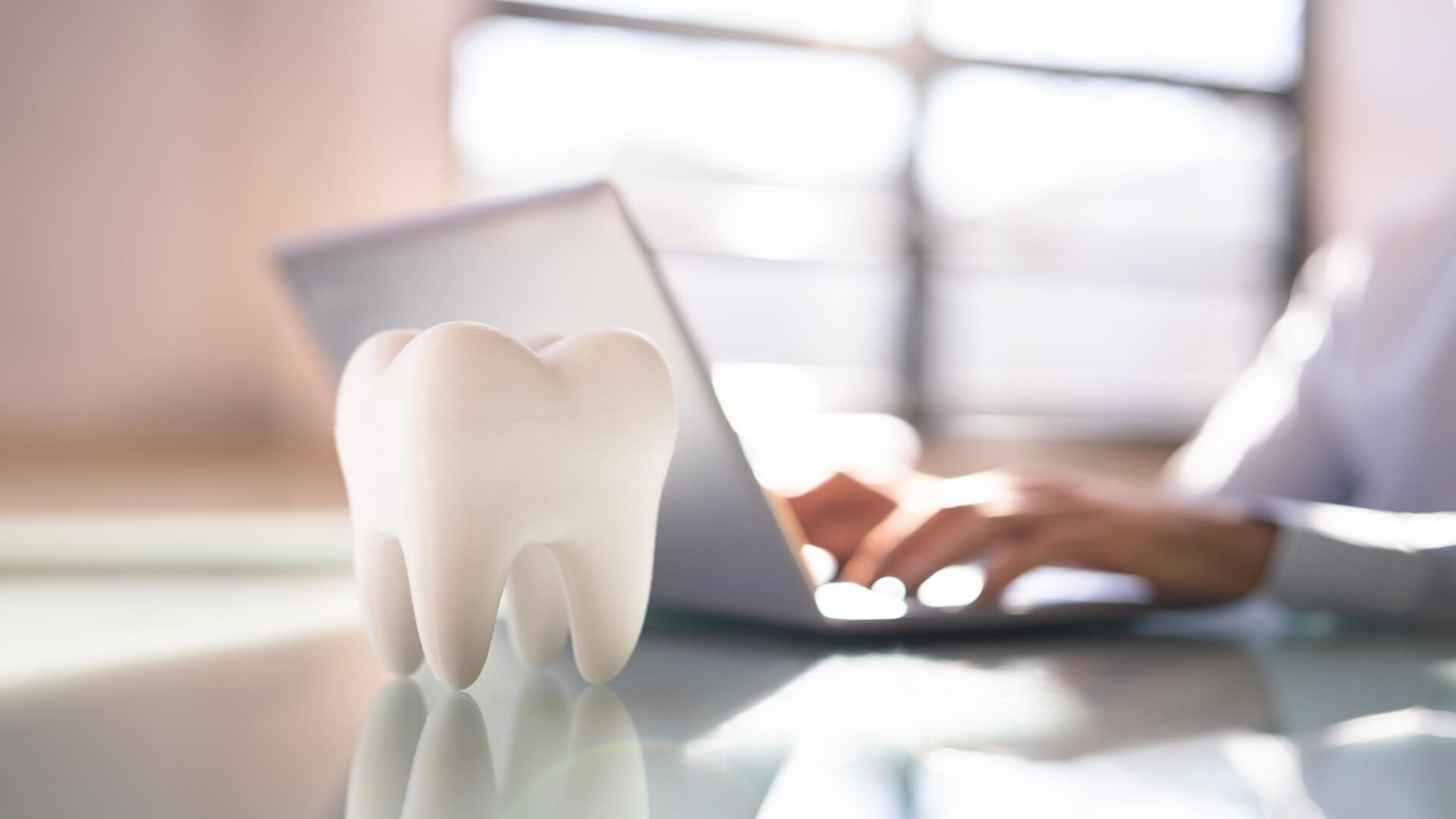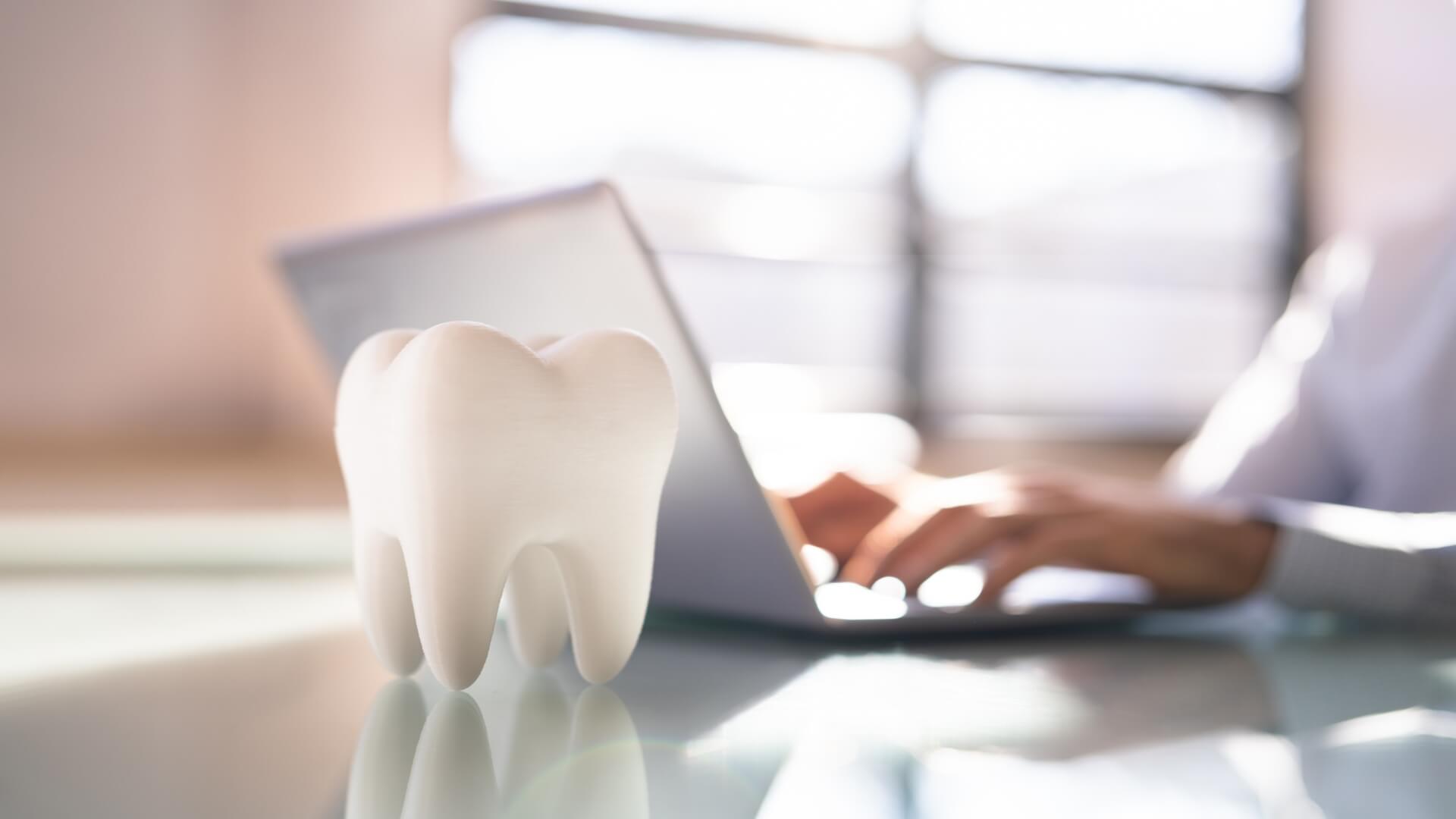Dentistry in the United States is constantly evolving, and new technologies are emerging all the time. These technologies are transforming oral care, making it more precise and efficient.
Here are some innovative trends in dentistry today:
- 3D printing: 3D printing is revolutionizing the way dental prosthetics are made. 3D-printed prosthetics are more accurate and comfortable than traditional prosthetics, and they can be made more quickly and affordably.
- Artificial intelligence (AI): AI is being used to develop new diagnostic tools and treatment plans. AI-powered software can analyze dental images to identify signs of disease that may be missed by the human eye. AI is also being used to develop personalized treatment plans that are tailored to the individual needs of each patient.
- Laser dentistry: Laser dentistry performed by dental professionals such as The Smilist Dental Clifton and anywhere in New Jersey is becoming increasingly popular because it’s not an invasive and painful manner to perform many oral procedures. Lasers can be utilized to treat cavities, gum disease, and other dental problems.
- Nanotechnology: Nanotechnology is being used to develop new materials and techniques for dentistry. For example, nanomaterials are being used to create stronger and more durable dental fillings. Nanotechnology is also being used to develop new ways to deliver drugs to the teeth and gums.
- Regenerative medicine: Regenerative medicine is a field of medicine that focuses on repairing or replacing damaged tissues. It has the potential to revolutionize dentistry by allowing dentists to repair or regenerate damaged teeth and gums.
As the abovementioned technologies continue to develop, it’s best to expect to see even more advances in dentistry in the years to come.
How Are These Innovative Trends Impacting Oral Care
The innovative trends in dentistry are having a major impact on oral care in a number of ways.
- Making oral care more precise: New technologies such as 3D printing and AI are allowing dentists to perform dental procedures with greater precision than ever before. This is leading to better outcomes for patients and a reduction in the need for invasive procedures.
- Making dental care more efficient: New technologies are helping to make dental care more efficient. For instance, 3D printing can be used to create custom dental prosthetics in a matter of hours rather than the days or weeks that it takes to make traditional prosthetics. This is saving patients time and money.
- Making dental care more accessible: New technologies are also making dental care more accessible to patients. For example, tele dentistry allows patients to consult with dentists remotely – without having to travel to a dental office. This is especially beneficial for patients who live in far communities or who have mobility problems.
What Are The Potential Benefits And Risks Of These New Technologies
The new dental technologies offer a number of potential benefits for patients, including:
- Better outcomes: New technologies are allowing dentists to perform dental procedures with greater precision and efficiency, which is leading to better outcomes for patients.
- Reduced need for invasive procedures: New technologies are also helping to reduce the need for invasive procedures, which can be painful and costly for patients.
- More convenient and accessible care: New technologies are making dental care more convenient and accessible for patients.
Nonetheless, there are some potential risks associated with new dental technologies as well, including:
- Cost: New dental technologies can be expensive, and they may not be covered by most insurance plans.
- Safety: Some new dental technologies, such as laser dentistry and nanotechnology, are still under development, and their long-term safety isn’t yet fully understood.
- Unethical use: There’s a risk that new dental technologies could be used unethically, for instance, by dentists who pressure dental patients to undergo unnecessary procedures.
It’s important for patients to be aware of the potential risks and benefits of new dental technologies before undergoing any procedures. Patients should also talk to their dentist about the specific risks and benefits of the technologies that are being recommended for them.
How Are These Technologies Expected To Impact The Future Of Dentistry
New dental technologies are likely to make dental care more precise, efficient, accessible, and affordable for patients. Furthermore, many new dental technologies, like regenerative treatments, are likely to lead to the development of new and more effective treatments for dental problems.
Conclusion
Overall, the future of dentistry looks bright. Novel oral technologies are transforming dental treatments in a number of ways, and they’re expected to have a major impact on the way that dental care is delivered in the following years to come.


















